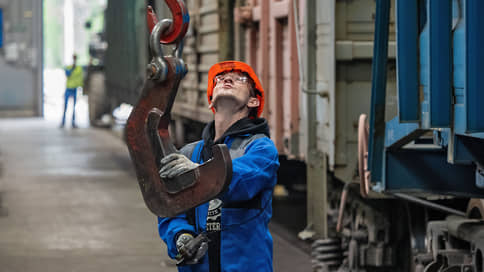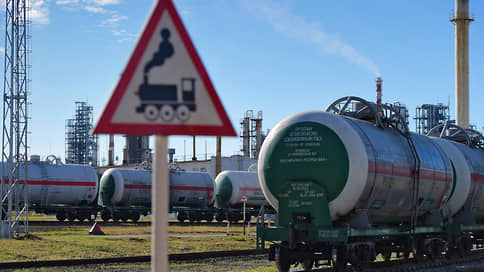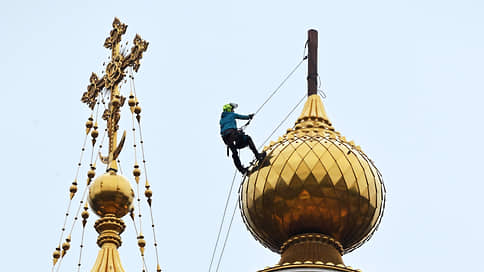The market for the planned repair of wagons in 2025 will be reduced

The volume of planned repairs of freight wagons in 2025 will be reduced relative to 2024 by 3–13%, follows from the RollingStock Agency analysis. The scale of the fall will be determined by how deep the drawdown will be in loading, how actively it will be OJSC Russian Railways to reduce the park on the network and whether it will also further tighten the requirements for the admission of the wagon to the network after overhaul. The monopoly has already strengthened control over the acceptance of gondola cars, and analysts believe that in one of the scenarios, this practice will be extended to hopper-zrainosis. Nevertheless, by the end of the decade, a significant increase in the volume of the market of planned repairs is expected.
The market for the planned repair of wagons will be reduced in 2025, it follows from the Rollingstock Agency (RSA) analysis, and this will happen in any scenario. In a positive, which implies the preservation of loading at 2024 in 2025 and its growth in the future, the volume of repairs will decrease minimally. In this case, 435.2 thousand wagons will be planned for planned repairs, which is 2.7% less than in 2024. The volume of depot repairs will increase by 10.2%, and the capital will be reduced by 48.4%. In 2025–2027, 1.43 million wagons will be repaired with a planned repair, which is 9.3% more than in 2022–2024, and in 2028–2030-14% more than in 2025–2027, or 1.63 million units.
The neutral scenario in the field of a cargo base involves the preservation of current trends in 2025 (in January -February, the average daily loading was 3.9% lower than a year earlier) with alignment in the future. It is also expected that the regulatory effect of Russian Railways on limiting the park of wagons will remain at the existing level. In this case, the size of the planned repair market can be reduced by 5.5%, to 422.8 thousand units. In 2025–2027, planned repairs within this scenario should grow by 5.1%, to 1.37 million, in 2028–2030 – by 15.3%, to 1.58 million units. In a neutral scenario, a slight acceleration of the release of wagons is also assumed.
The third scenario, critical, involves increasing the negative dynamics of reducing the cargo base, active early retirement of wagons, tightening practice to limit the size of the park and requirements for acceptance of wagons after overhaul. As a result of the last tightening of these requirements at the beginning of the year, RSA notes, in January -February only 92 gondola cars were accepted after overhaul. The total volume of overhauls in two months was reduced by half, to 7.8 thousand wagons. In a critical scenario, RSA suggests that these requirements will be applied to other kinds of wagons, primarily to grains. As analysts explain, in recent years there has been a significant increase in the production and supplies of grains to the network (more than 30 thousand units in 2023–2024), and grain loading has been falling since June 2024. In January – February, the fall amounted to 28.7%.
Within the framework of the third scenario, the volume of repairs in 2025 will be reduced by 13.2%, to 388.4 thousand units, including the volume of overhaul will fall to a minimum of 38.7 thousand units, which is 60.9% less than a year earlier. In 2025–2027, the volume of repairs will be reduced by 0.8% of the previous three -year -old, to 1.3 million, in 2028–2030 – will increase by 18.7%, to 1.54 million units. The acceleration of the resignation of wagons will cause not only a reduction in the total number of repairs, but also a decrease in their number per unit of rolling stock. The managing partner and co -founder of the RSA, Alexander Polikarpov, notes that if they set aside wagons in which the deadline for Depovsky or major repairs is suitable, then the number of repairs per unit of the park will also be reduced in the first year. This will also contribute to the fact that in the suck, probably, primarily wagons that are more often repaired will be put, the expert explains.
The head of “Infoline analysts” Mikhail Burmistrov notes that in conditions when operators do not understand the revenue base beyond the scope of service contracts, they reduce costs, including repairs. In the suck, they will primarily send typical gondola cars, because, firstly, the cargo base sagged the most, and secondly, there were changes in the repairs themselves. So, due to tightening control over the overhaul of gondola cars since January, the cost of this repair increased from 180 thousand to 350 thousand rubles. And even if you go to these costs, there are risks that the wagons will be released from the repair, Mikhail Burmistrov notes.








